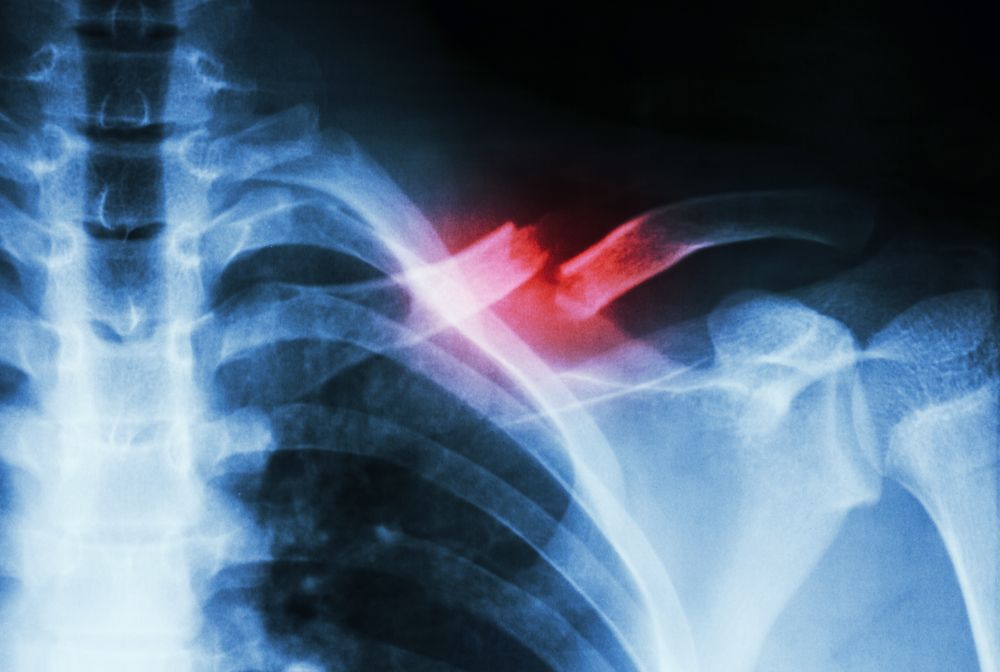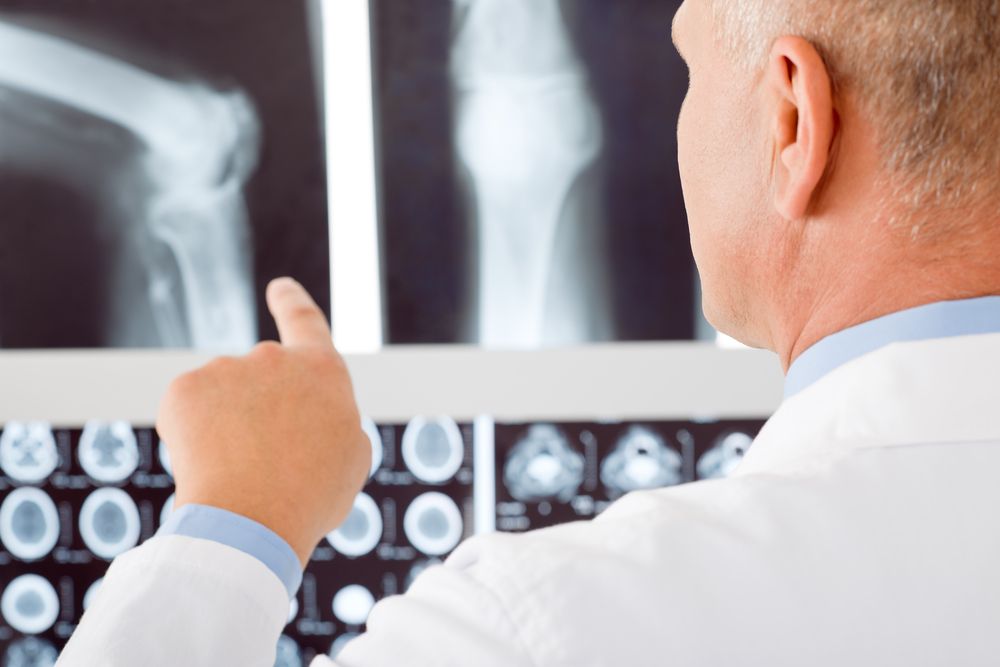Why Do Drivers Suffer Broken Bones After a Car Accident?
Getting injured in a car accident can alter your life, especially if you unfortunately broke a bone. The amount of money you receive in a settlement or jury verdict can be substantial but this will depend on the type of fracture, severity, treatment, bills, and other factors. This can be a complicated subject that requires the services of a personal injury attorney.
When another vehicle crashes into yours — especially one like a tractor-trailer that can weigh up to 80,000 pounds or a heavy pickup truck or SUV –the inertia causes a violent force within your vehicle that can throw you against the door frame or steering wheel. If you are traveling 65 miles an hour on an interstate and another vehicle hits you at this or a faster speed, your body will continue moving quickly forward and sideways, even if restrained by a seat belt and shoulder harness. Further, your arms, hands, legs, or feet can get twisted and trapped. This sudden jerking motion can cause fractures.
How Serious Are Broken Bones Caused by Car Accidents?
Fractures are by definition serious injuries. They can lead to bone and joint deformities, infections, pain, blood vessel complications, nerve damage, arthritis, and other problems. This is especially a problem with the elderly and for any one who is not treated immediately. Fortunately, with the proper medical care, they usually heal completely. Therefore, it is essential that the injured person go to an emergency room and see an orthopedic surgeon who can perform x-rays and provide the medical care he or she needs.
We have handled injury cases involving fractures for almost 40 years. Bones that we see broken in our injured clients are to these parts of the body:
- Face
- Spinal column
- Clavicle (collar bone)
- Sternum (chest bone)
- Ribs
- Arms and hands
- Pelvis
- Legs and feet
Treatment for Fractures
Depending on the severity, a cast made of plaster or fiberglass is commonly applied. Most broken bones heal successfully after they are reset. Other treatment includes braces and traction. With more extreme cases, external fixation with pins or screws or open reduction and internal fixation (metal rod and nail) are employed.
The patient will attend physical therapy and do exercises at home and take medicine to cope with the pain and inflammation. Usually the fracture will heal within weeks or several months. However, the victim will be faced with a lifetime impairment.
Types of Fractures
Types of fractures caused by car and truck accidents include the following:
- Transverse – This type of fracture results from a direct hit to the bone, causing it to snap in two. The break is usually featured at a right angle or perpendicular to the axis of the fractured bone.
- Compound – A compound fracture is a severe break. The bone projects directly through the skin, increasing the patient’s risk of infection.
- Buckle – An incomplete fracture, this break happens when the bone bends but no break occurs. Children are more likely to suffer from this type of break because their bones have not fully developed.
- Comminuted– This fracture features breaks in three or more places. The break occurs from an extreme impact and is difficult to repair.
- Stress – This fracture is a partial break and, like a buckle fracture, appears more often in children.
- Avulsion– These fractures occur when the soft tissue and bone separate. The soft tissue covers the tendons and ligaments that connect the bone to the muscles or link the bones together. Typically, patients with these fractures complain of severe pain.
- Oblique – This fracture occurs when the bone breaks diagonally beside the axis. While this break is rare, it can happen in crashes when a bone twists over a trapped bone.
- Hairline– This small crack in a bone can develop into a fracture, as it may not be immediately spotted. As a result, the bone may weaken over time.
Always Seek Medical Care
Even if you think you are okay, you should always receive treatment following a car accident. Just because you feel fine does not mean you have not been injured. And with the adrenaline rush and state of shock you will be in, you can’t take any chances. A medical check will provide you with the needed relief and then later, the evidence you need to win your case. The insurance company representative or jury will not be sympathetic to your claim if you failed to
Deadlines and Damages
Personal injury cases of this type must be filed within two years of the collision and there may be shorter deadlines depending on who is responsible. Otherwise, you will be unable to ask a court for compensation.
Besides paying for your medical expenses, the at-fault driver who caused you to suffer broken bones must pay for the following damages:
- Lost income if the fracture led to you to missing work and a hospital and/or doctor wrote that you could not perform your job duties;
- Future lost income, if the injury has debilitated you or impaired your ability to work or caused you to lose promotions or job benefits;
- Disfigurement and scarring;
- Disability; and
- Physical pain and emotional suffering.
We Are Here To Help You
This post is part of a series we have written for people who have been injured in car and truck wrecks. Some of the related injury topics we have recently discussed include the following:
- head and brain injuries,
- soft tissue injury,
- back injury,
- physical therapy, and
- delayed symptoms
Call Berenson Injury Law at (888) 801-8585 or contact us by email here for a free evaluation of your case. If you have been seriously injured in a car or truck crash, you should always consult with a car accident lawyer to find out how you can get the compensation you deserve.




